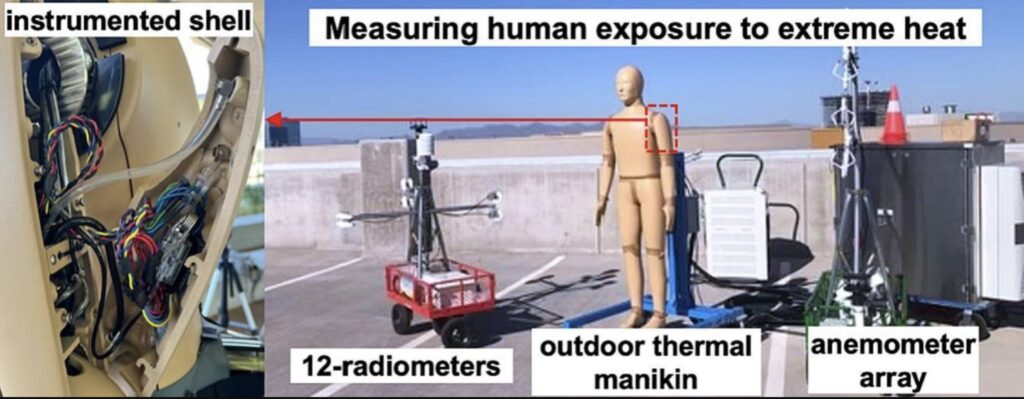
Konrad Rykaczewski, who spoke at this year’s ATA Emerging Technologies Conference, hails from Arizona State University, the perfect location for his research topic of clothing and human survival in extreme heat. To illustrate the impact of climate change he used the example of temperature changes at Phoenix airport comparing the period 1970-1980 where the mean high was 105.6F (+/-4.2), compared with July 2023 when the mean high reached 113.6F (+/-3).
Arguably the greater concern is that temperatures are not cooling down to the extent that they used to, dropping to a mean low of 82.8F (+/-4.7) in 1970-1980, while in 2023 falling to a mean low of just 91.4F (+/-3.9). In Maricopa County, heat associated deaths rose by 52 percent over a single year reaching 645 fatalities in 2023. Mitigating these negative human health impacts are a range of strategies from government policies to the built environment and infrastructure, and, on an individual level, human behaviour, clothing and wearables.
Convection cooling of the human body has been studied extensively; the novelty in Rykaczewski’s approach is that he undertakes testing not only indoors, but outdoors, where real outdoor airflows can be taken into account, something that cannot be replicated in wind tunnels.
This is achieved with a specially designed mannequin, ASU’s Advanced Newton Dynamic Instrument (ANDI), which was funded by the National Science Foundation. The customized mannequin from Thermetrics LLC is equipped with 140 sweat glands, compared with humans who have 2-4 million. It has the capability to generate heat, shiver, walk and “breathe.”
ANDI is controlled using a program that simulates internal heat and blood flow as well as thermoregulatory responses to heat, including sweating. It has its own internal cooling system to account for the internal body temperature of humans, as well as having an air-conditioning unit installed to allow the power and electronics to survive the Arizona heat.
The purpose of this research is to better inform the design of textiles and garments for cooler clothing in extreme environments.
Dr. Marie O’Mahony is an industry consultant, author and academic based in London. She is a frequent contributor to Textile Technology Source.
 TEXTILES.ORG
TEXTILES.ORG


